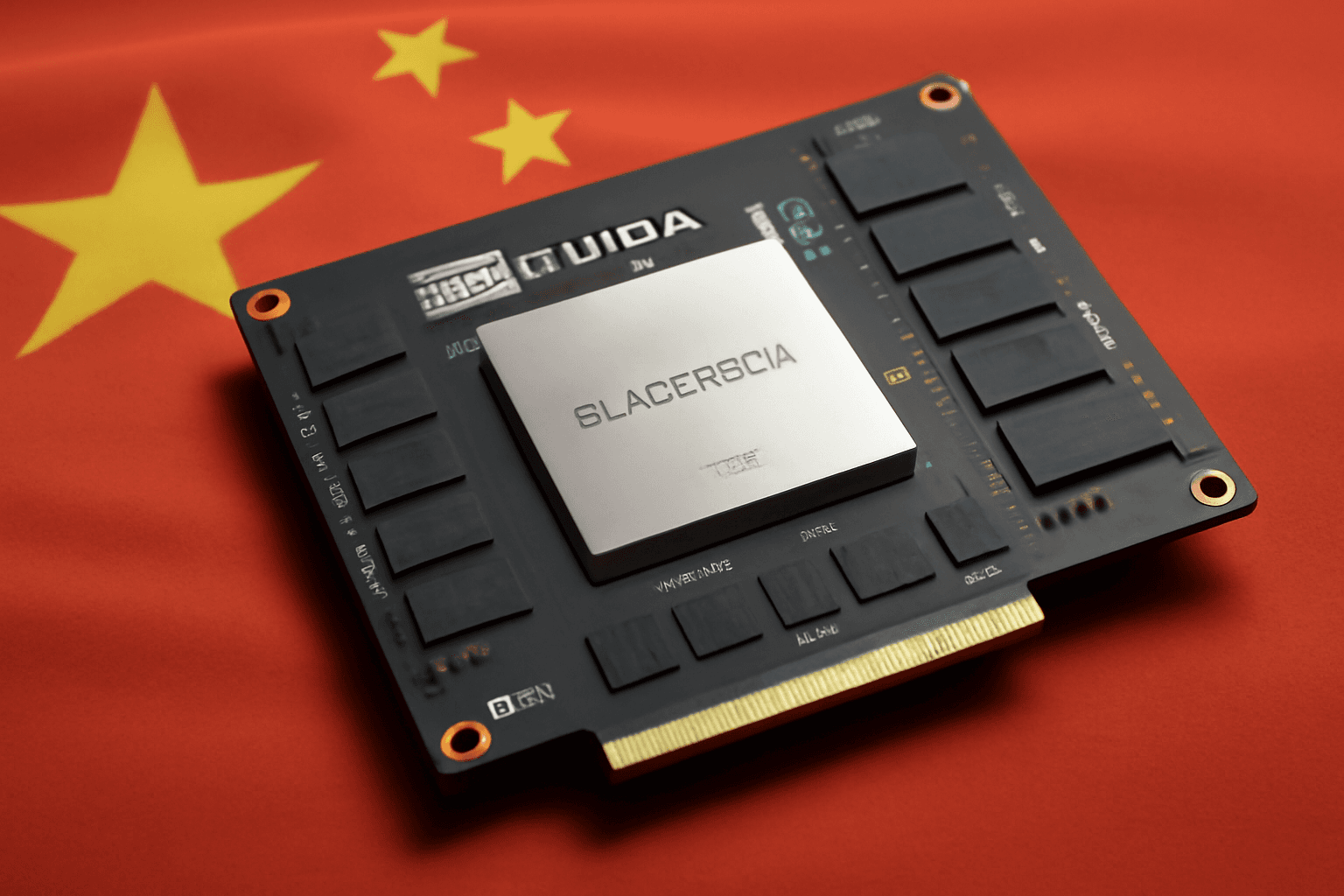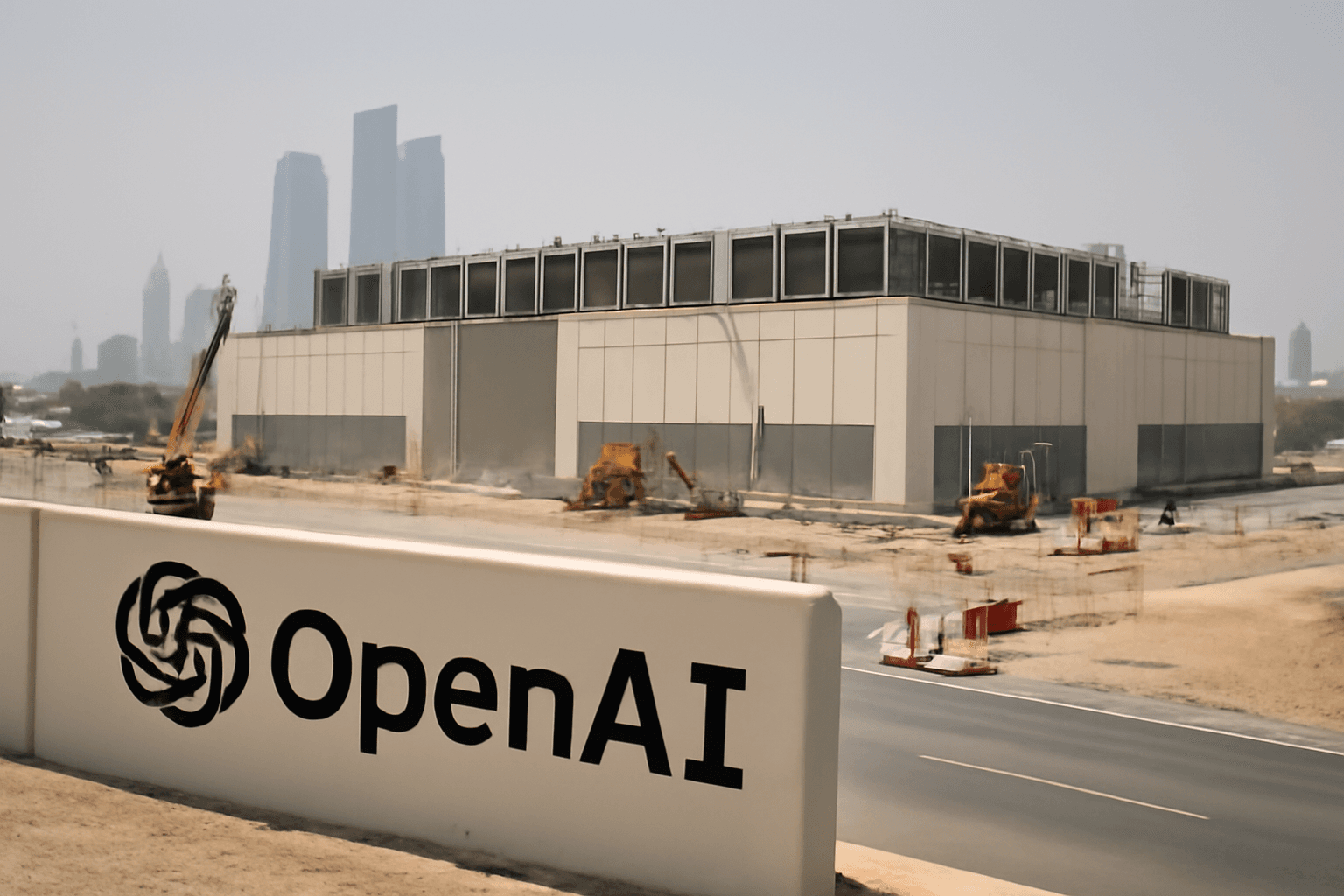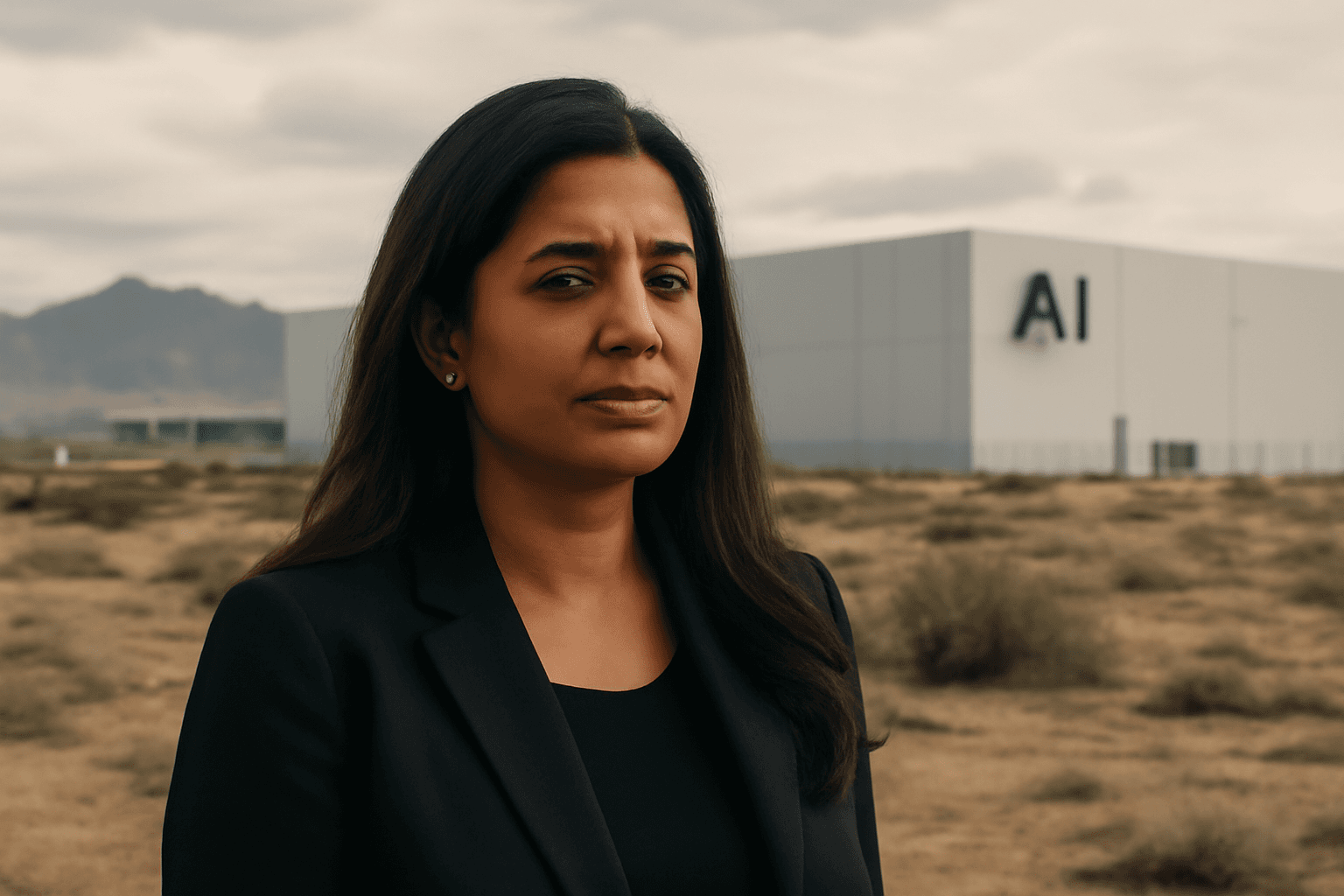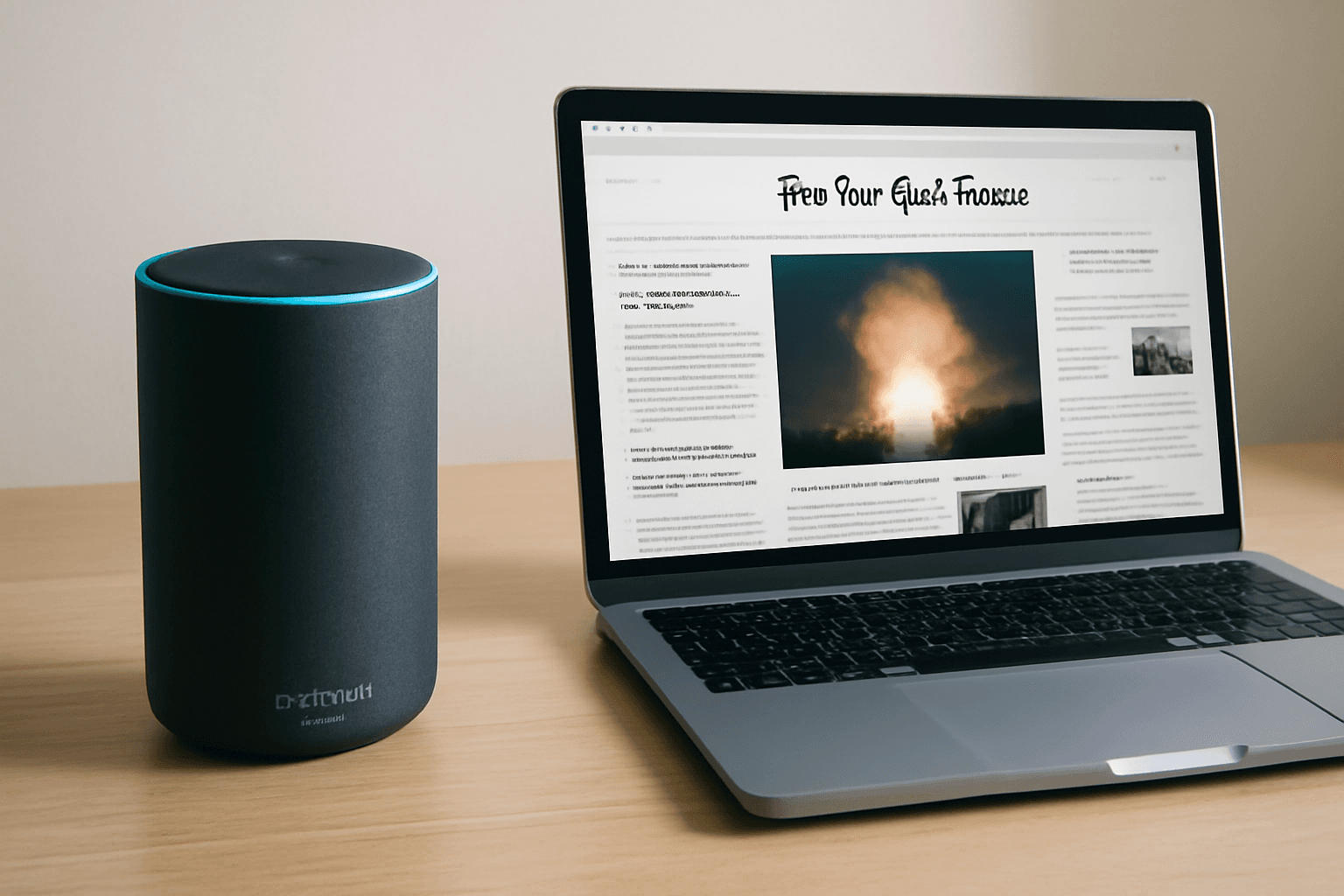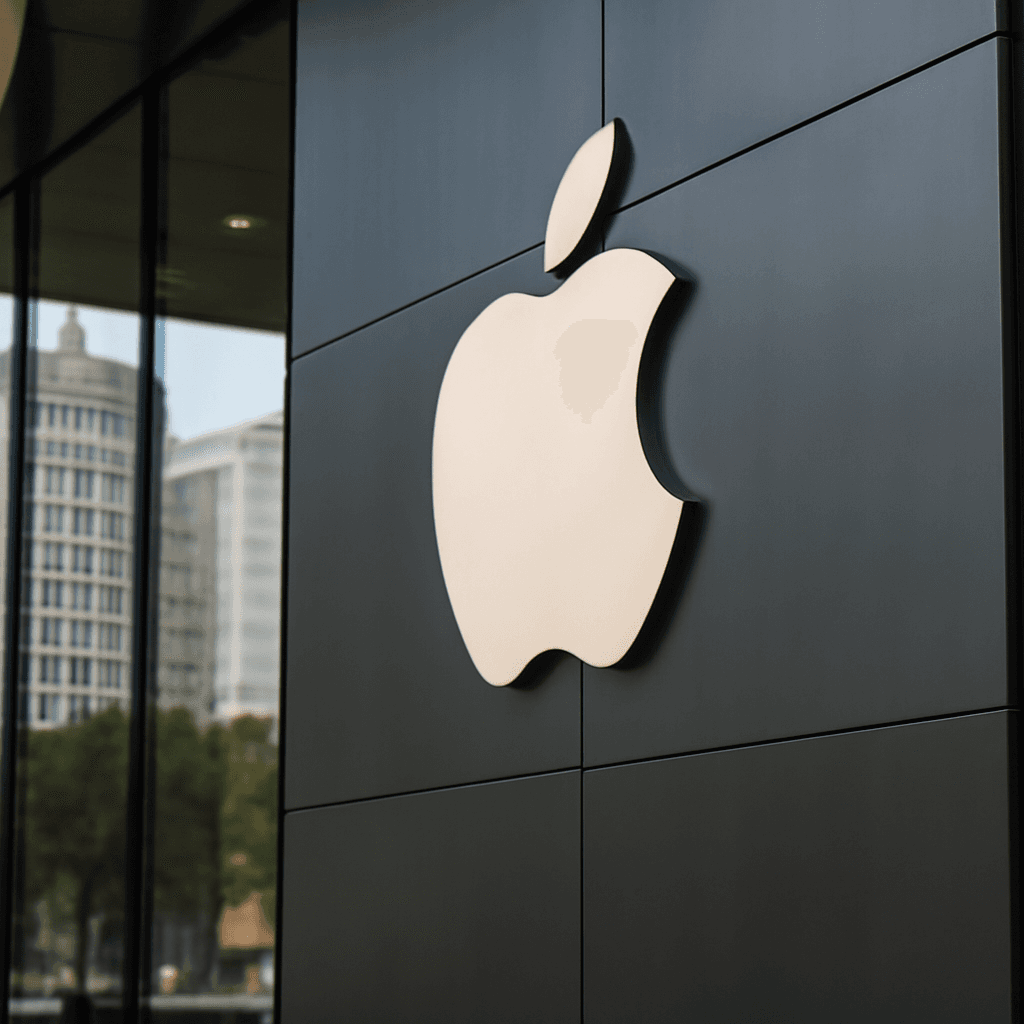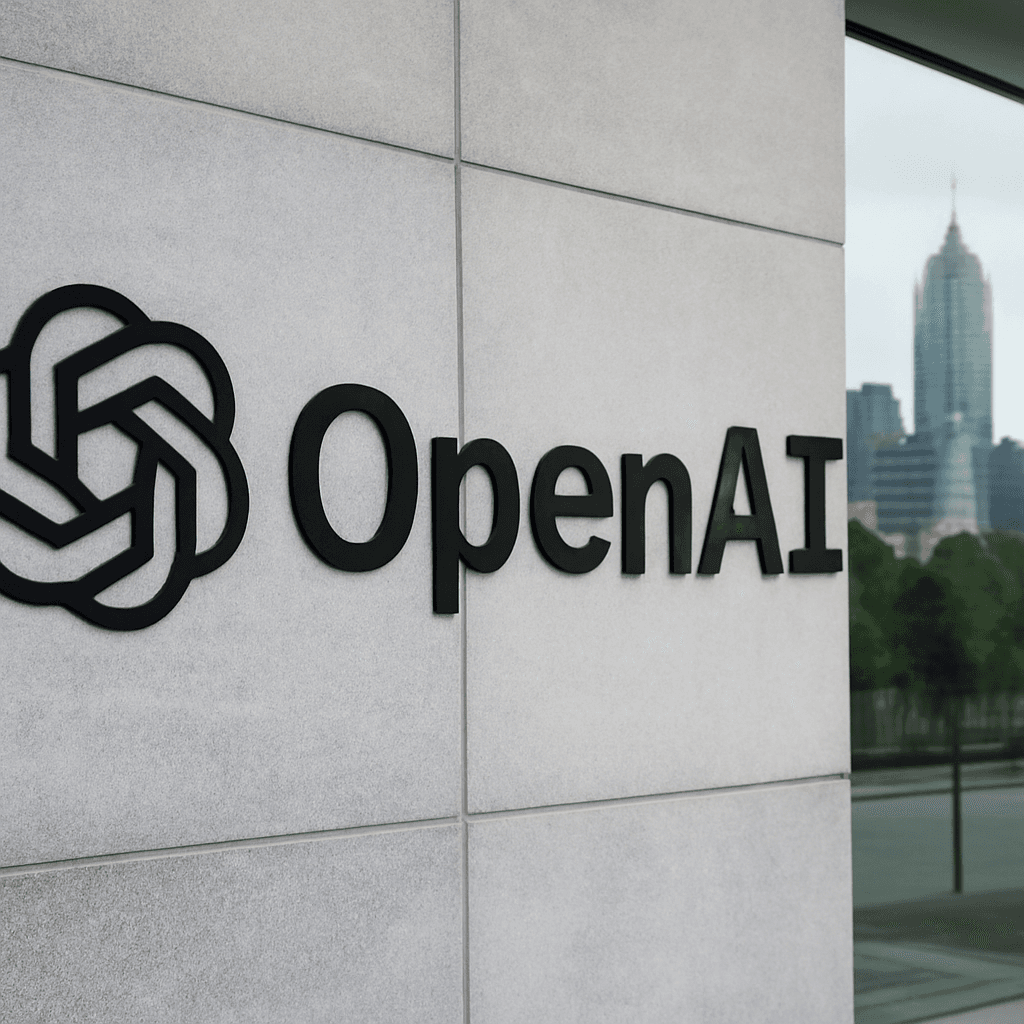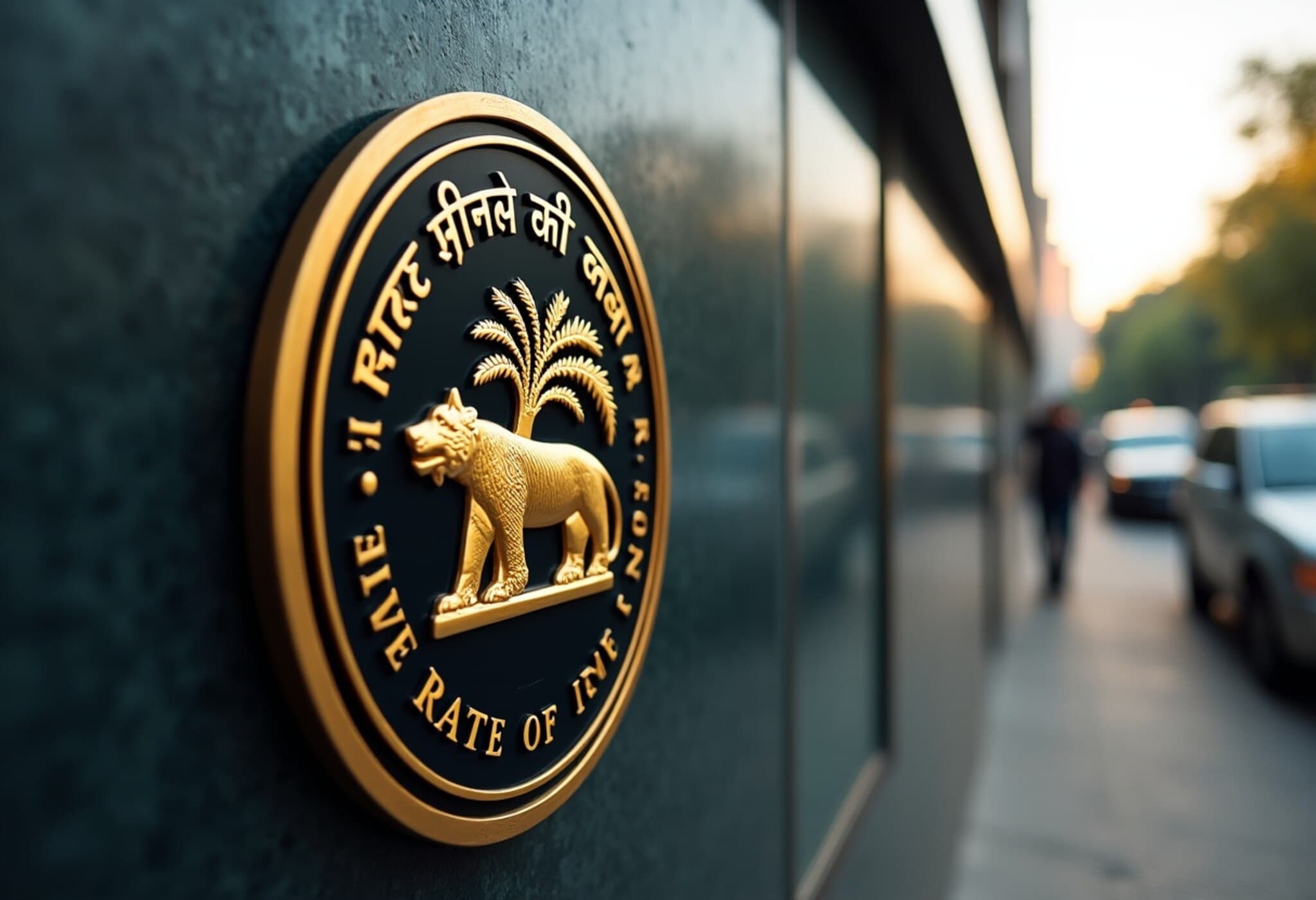OpenAI in Talks for Secondary Share Sale Valued at $500 Billion
OpenAI, the pioneering artificial intelligence company behind ChatGPT, is reportedly engaged in preliminary discussions to conduct a secondary stock sale that could value the company at an eye-watering $500 billion. According to two confidential sources familiar with the matter, this move would mark a dramatic increase from the $300 billion valuation established earlier this year.
Secondary Sale to Involve Current and Former Employees
The talks — still in their early stages — center around a secondary share sale, meaning that current and former employees may sell some of their existing shares rather than the company issuing new stock. Thrive Capital, already an investor in OpenAI, is reportedly poised to lead this next round of transactions.
Context: OpenAI’s Meteoric Rise in Valuation
Since launching ChatGPT in late 2022, OpenAI has captured the imagination and wallets of the technology industry, quickly cementing itself as the undisputed leader in generative AI. The company stunned markets in March by announcing a fundraising round at a $300 billion valuation — the highest ever for a private technology company.
Alongside this growth trajectory, OpenAI recently released two open-weight language models, designed to be more accessible and affordable for startups, researchers, and smaller players looking to integrate AI into their products without the immense overhead typically associated with large-scale models.
ChatGPT’s Explosive User Growth
OpenAI’s flagship product, ChatGPT, is nearing an astonishing 700 million weekly active users, a testament to the tool’s widespread adoption and ongoing relevance in the consumer and enterprise sectors alike.
Industry Comparison: OpenAI vs. Competitors
Meanwhile, competitors such as Anthropic are following a similar funding trajectory, reportedly negotiating $3 billion to $5 billion in new funding led by Google, potentially reaching a $170 billion valuation — nearly triple their valuation since March. This dynamic showcases the intense competition and escalating valuations within the AI startup ecosystem.
Revenue Projections Highlight OpenAI’s Market Leadership
Financially, OpenAI’s momentum is reflected in its projected revenues. Analysts estimate that annual recurring revenue is set to exceed $20 billion by the end of 2025, doubling from $10 billion in June. This rapid growth underscores OpenAI’s dominant market position and investor confidence in AI’s transformative potential.
Expert Commentary: The Significance of a Half-Trillion Dollar Valuation
Valuing a private company at $500 billion is rarefied territory, typically reserved for a handful of tech giants like Apple and Microsoft. For OpenAI, this signals not just its technical prowess but the broader faith in artificial intelligence as a foundational technology reshaping industries from healthcare to finance. This valuation also raises questions about sustainability and regulatory scrutiny, given AI's growing societal impact.
It’s crucial to watch how OpenAI balances innovation with responsibility, particularly as it democratizes AI access through more affordable models. Additionally, secondary share sales like this reveal employee confidence, as insiders might be cashing out amid the company’s skyrocketing worth — a move that can influence public market expectations if OpenAI eventually pursues an IPO.
Looking Ahead: What This Means for the AI Sector and Investors
- Market dynamics: This valuation ratchets up competition in the AI space, spotlighting the scarcity and value of cutting-edge AI talent and technology.
- Investment appetite: The involvement of firms like Thrive Capital underscores venture capital’s ongoing enthusiasm despite macroeconomic uncertainties.
- Ethical considerations: As AI’s footprint widens, questions around transparency, bias, and governance will intensify.
Editor’s Note
The discussion around OpenAI’s soaring valuation offers more than just numbers—it reflects a pivotal moment in technological and economic history. The potential $500 billion figure serves as a powerful indicator of AI’s transformative potential but also invites scrutiny over the trajectories of private tech behemoths. Stakeholders, from policymakers to consumers, should consider the broader implications of such concentrated power in an emerging technology sector. How will OpenAI’s growth shape the future of work, privacy, and innovation? These are the critical questions emerging alongside the headlines.




